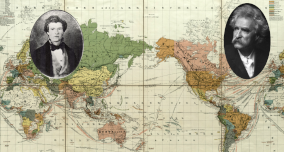Geelong (/dʒᵻˈlɒŋ/[3][4]) is a port city located on Corio Bay and the Barwon River, in the state of Victoria, Australia, 75 kilometres (47 mi) south-west of the state capital, Melbourne. It is the second largest Victorian city, with an estimated urban population of 187,417 as at June 2015, having grown 1.8 percent since June 2014.
Geelong runs from the plains of Lara in the north to the rolling hills of Waurn Ponds to the south, with Corio Bay to the east and hills to the west. Geelong is the administrative centre for the City of Greater Geelong municipality, which covers urban, rural and coastal areas surrounding the city, including the Bellarine Peninsula.
Geelong City is also known as the 'Gateway City' due to its central location to surrounding Victorian regional centres like Ballarat in the north west, Torquay, Great Ocean Road and Warrnambool in the southwest, Hamilton, Colac and Winchelsea to the west, and the state capital of Melbourne in the north east.
Geelong was named in 1827, with the name derived from the local Wathaurong Aboriginal name for the region, Jillong, thought to mean "land" or "cliffs". The area was first surveyed in 1838, three weeks after Melbourne. The post office was open by June 1840 (the second to open in the Port Phillip District). The first woolstore was erected in this period and it became the port for the wool industry of the Western District. During the gold rush, Geelong experienced a brief boom as the main port to the rich goldfields of the Ballarat district. The city then diversified into manufacturing, and during the 1860s, it became one of the largest manufacturing centres in Australia with its wool mills, ropeworks, and paper mills.
https://en.wikipedia.org/wiki/Geelong
